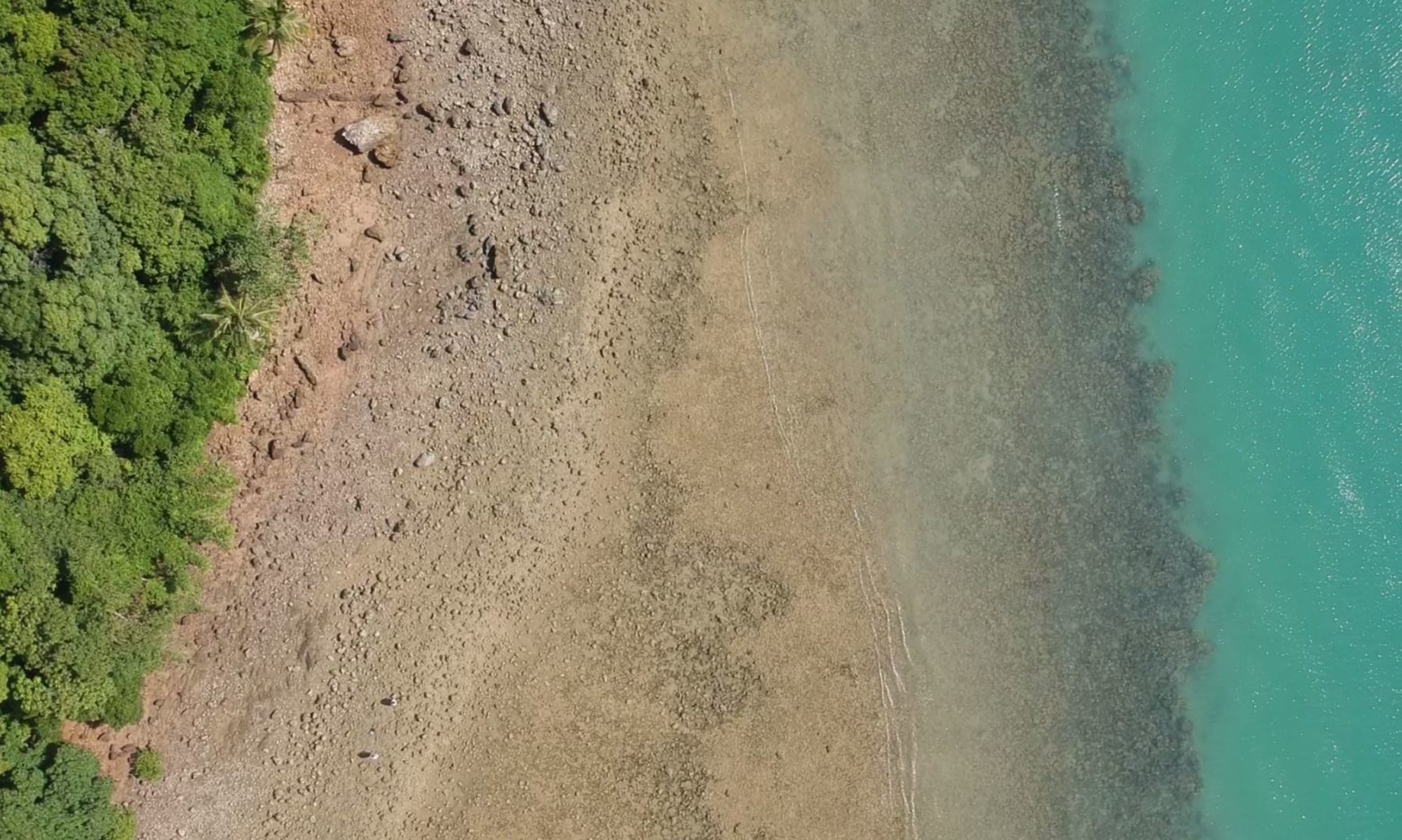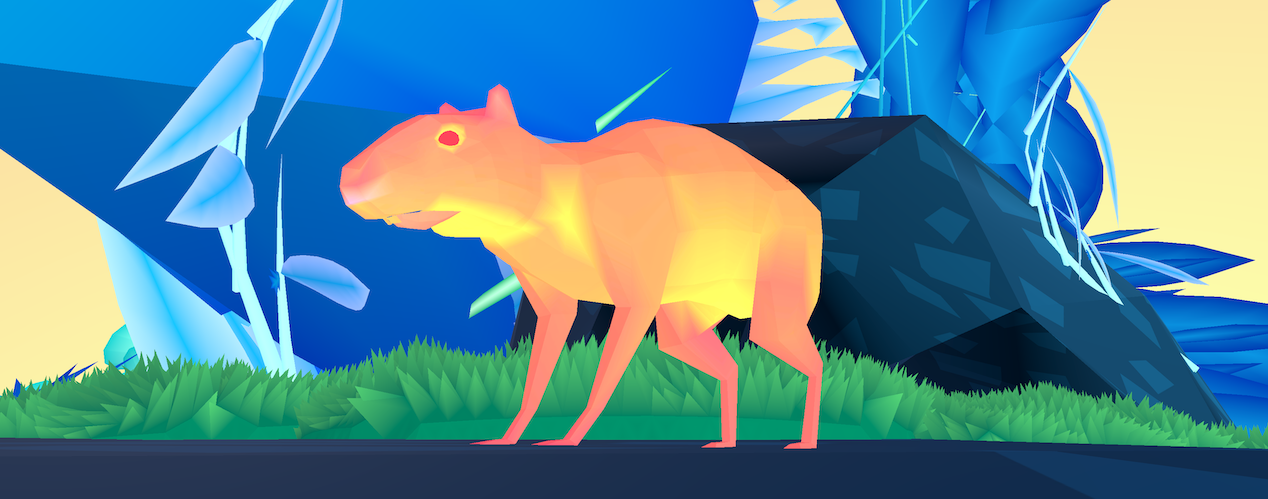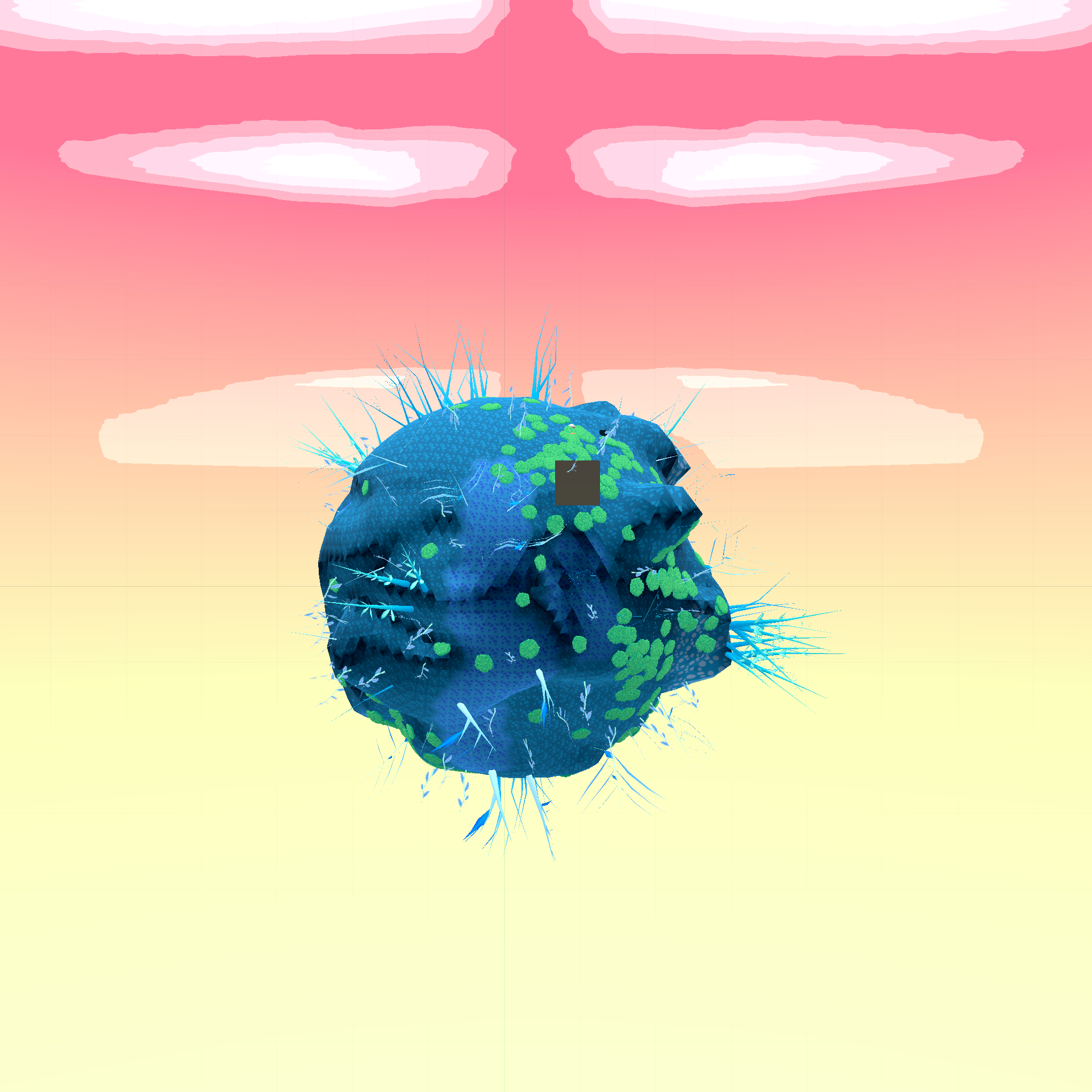By Jason Bond, Blunderboffins
Agouti, Agouti! is a work of interactive digital art (i.e. a videogame) which aims to capture the spirit of the loveable agouti, a rodent commonly seen eating scraps and frolicking about in the backyards of Gamboa, Panama. They play an important role in the spread of seeds in the forest and are adorable to boot.
This prototype work can be played on a modern Mac or Windows computer with a two-stick game controller. The player is invited to explore a jungle, eat some fruit, and — as the agouti does when frightened — puff up the hair on their butt.
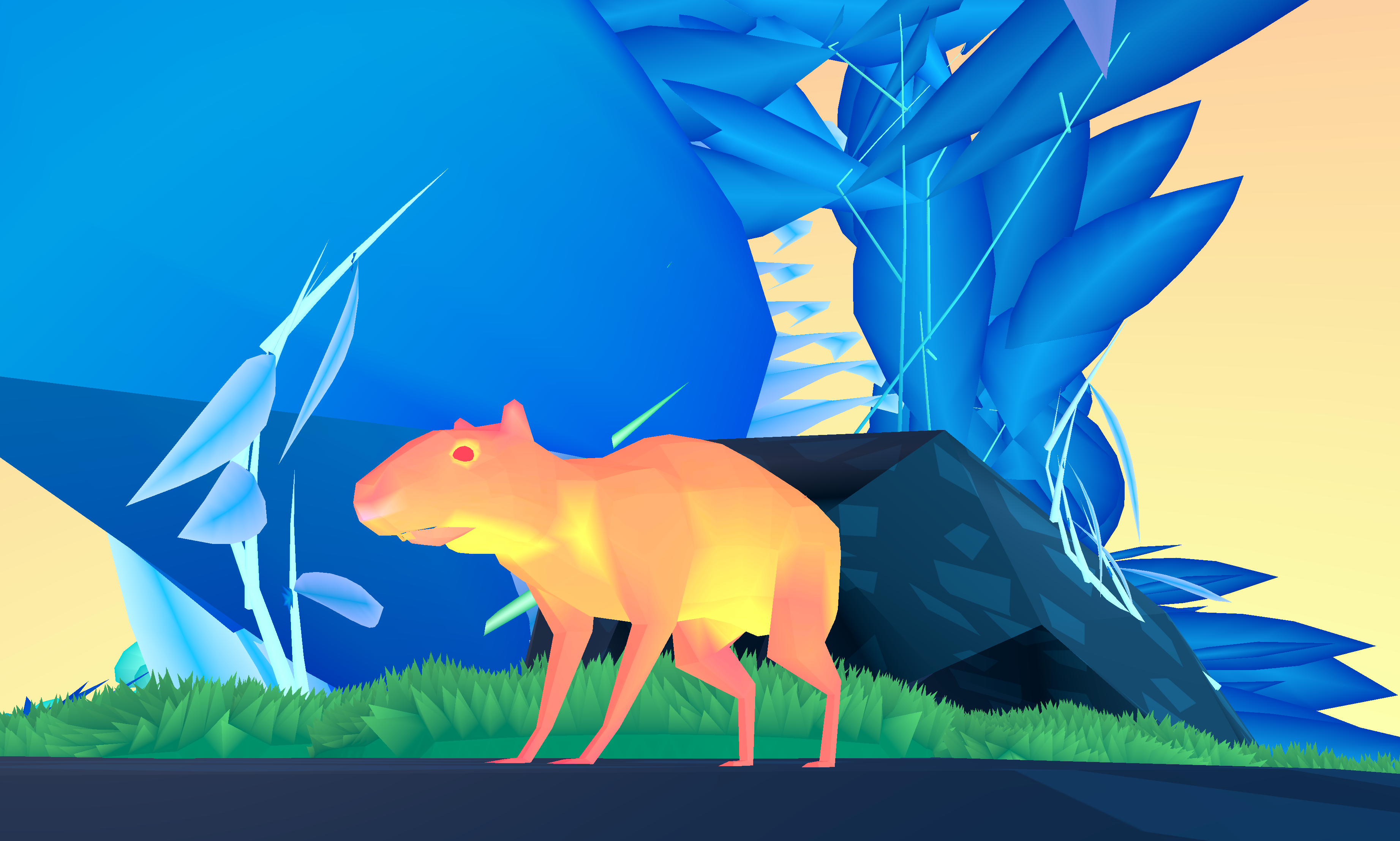

The Virtual Agouti
The agouti featured in the game is an original model created in the modelling and animation software Blender. It has a small number of animations — enough to simulate some basic activities. In an effort to capture the agouti’s way of moving about, slow-motion video was taken of agoutis around Gamboa and a series of images were extracted as reference for the walking and running gaits.
Although the artist on this project has been working in videogames for many years, he is new to modelling and animating, making this work a significant learning exercise.


The Forest
The environment of Agouti, Agouti! is filled with virtual “plants”. These forms are more impressionistic than replicative, bearing little resemblance to the actual plants of Panama, but they are meant to reflect the variety in Gamboa’s forest and to provide a suitable jungle world for the agouti to play in.
Each type of virtual plant is generated by algorithm using custom software designed for this project. In fact, this generator was intended to be the centrepiece of this project until the agouti charmed its way into the starring role.
The generator began as a simple branching algorithm not dissimilar from L-Systems — a common procedural generation technique — beginning with a trunk and randomly splitting off branches to create a tree-like structure. Inspired by the epiphytes of Panama, this algorithm was modified to take a more additive approach: any number of different forms can be attached to any part of the structure.
Because the results of this generator can be quite chaotic, some crude tools were developed to rapidly filter through them for the best stuff. This includes a mutation tool which can take a plant with some potential and produce interesting variations on it until the user is happy with the results.

Each plant is encoded with a growth animation so that it can begin as a simple seedling and gain branches and leaves over time. The agouti’s world can start out bare and grow a massive, abstract canopy.
Available Materials
The game and agouti model are freely available for download at:
https://blunderboffins.itch.io/agouti-agouti

